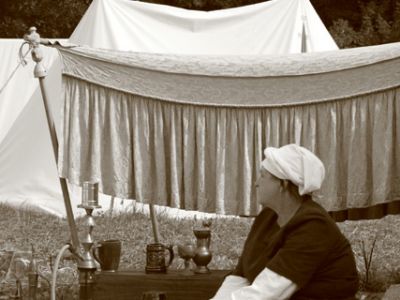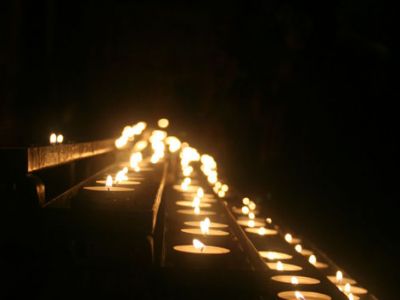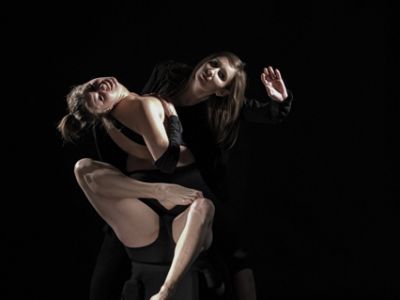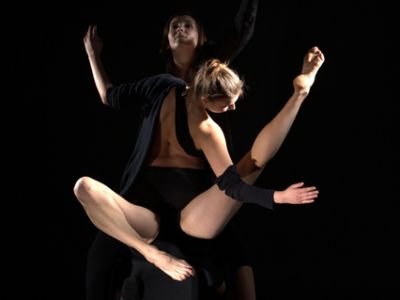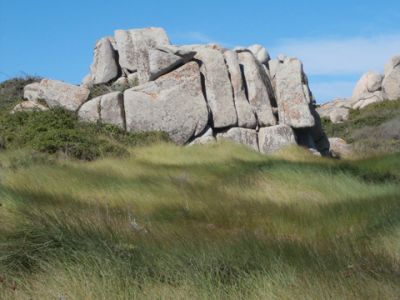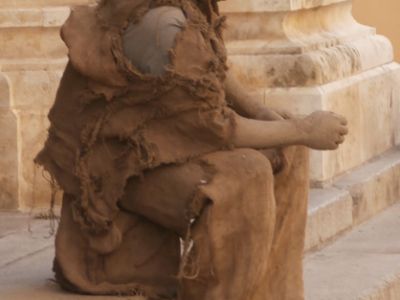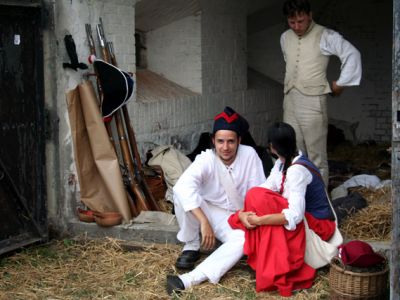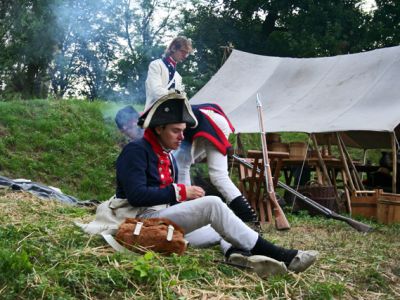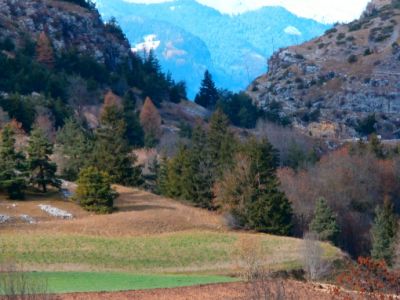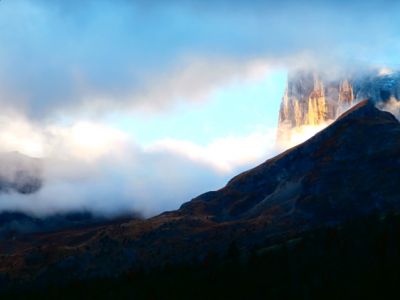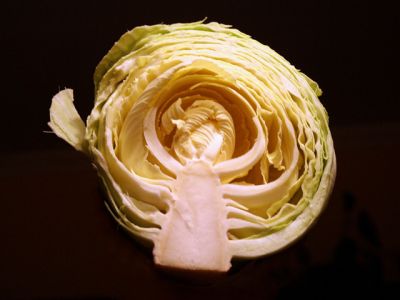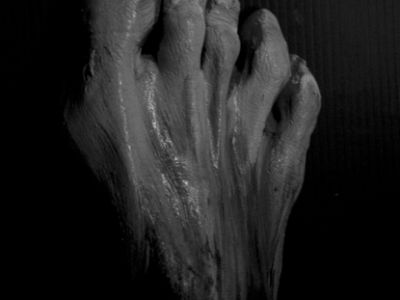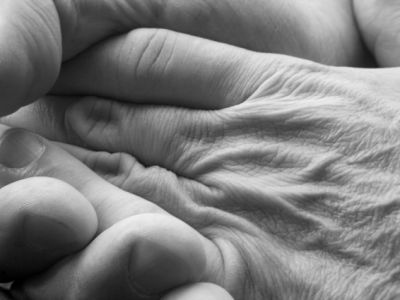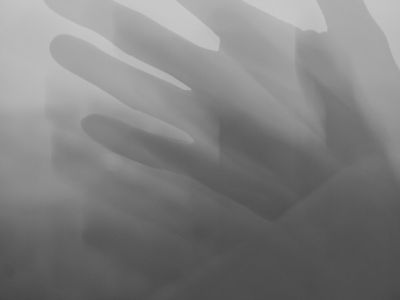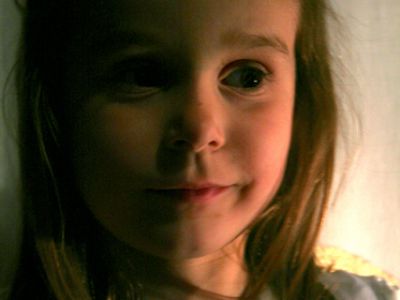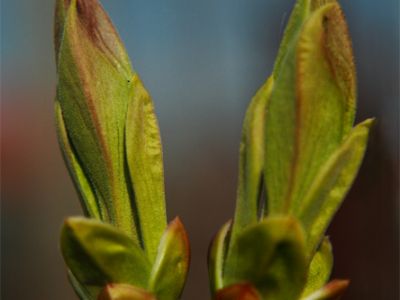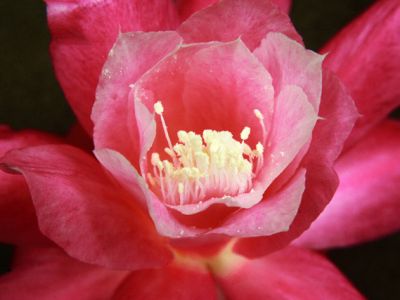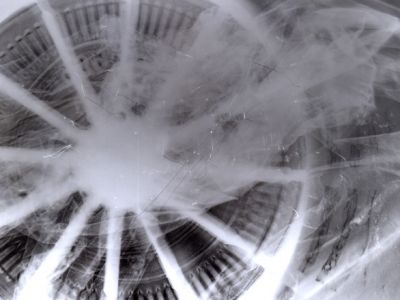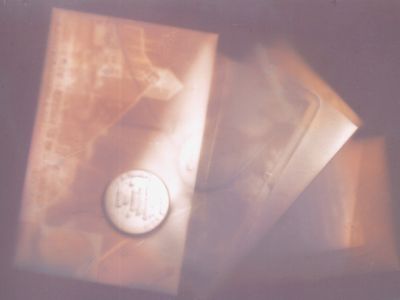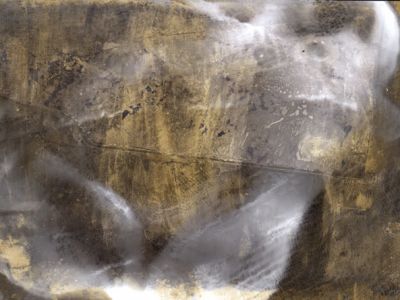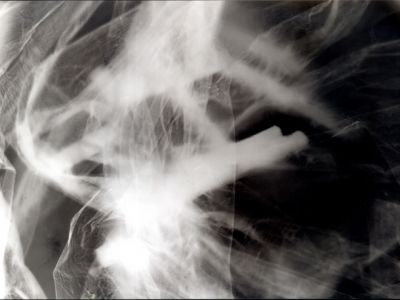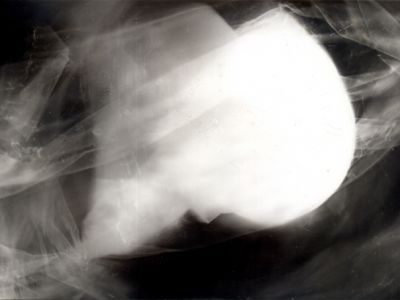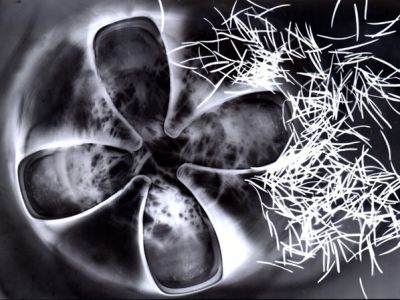PHOTOGRAPHY
Altered states of consciousness
One of these states is the moment accompanying the painting of images. Inspiration can come from both joy and sadness, grief and melancholy. Sometimes the inspiration may be a traumatic experience, which finds an outlet in the work being created. Alternately, "anguish and ecstasy". Some need to paint only in a state of inner peace, others, paint only under the influence of strong emotions. Sometimes this state, commonly called inspiration, oscillates on the edge of madness. Here is my clumsy attempt to convey the inner emotions that accompany creative work. The photos were taken with a standard lens and no effects available in photo editing software were used. The whole thing was about ingenuity, own invention and proper setting of lighting and additional elements.
"There is another world, yes I know, somewhere here. Not behind the woods over there, it's just here. And I feel the light burning right next to us. That's how I feel it, light burning and golden rain and rainbows rainbow overhead. Let the scales fall from my eyes, my whole face, the flame."
- Antonina Krzysztoń
Anaglyps
Anaglyph images are used to provide a stereoscopic 3D effect, when viewed with glasses where the two lenses are different (usually chromatically opposite) colors, such as red and cyan. Images are made up of two color layers, superimposed, but offset with respect to each other to produce a depth effect. Usually, the main subject is in the center, while the foreground and background are shifted laterally in opposite directions. The picture contains two differently filtered colored images, one for each eye. When viewed through the "color coded" "anaglyph glasses", they reveal an integrated stereoscopic image. The visual cortex of the brain fuses this into perception of a three-dimensional scene or composition. 3D red cyan glasses are recommended to view this image correctly.
Analogue photography
Camera obscura
Camera obscura - ancestor of the photographic camera. The Latin name means “dark chamber,” and the earliest versions, dating to antiquity, consisted of small darkened rooms with light admitted through a single tiny hole. The result was that an inverted image of the outside scene was cast on the opposite wall, which was usually whitened. For centuries the technique was used for viewing eclipses of the Sun without endangering the eyes and, by the 16th century, as an aid to drawing; the subject was posed outside and the image reflected on a piece of drawing paper for the artist to trace. Portable versions were built, followed by smaller and even pocket models; the interior of the box was painted black, and the image reflected by an angled mirror so that it could be viewed right side up. The introduction of a light-sensitive plate by J.-N. Niepce created photography.
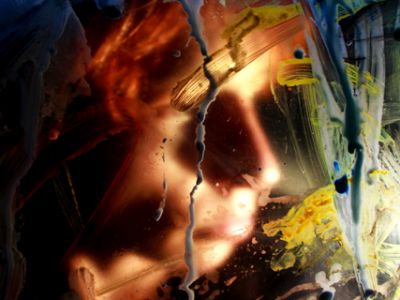





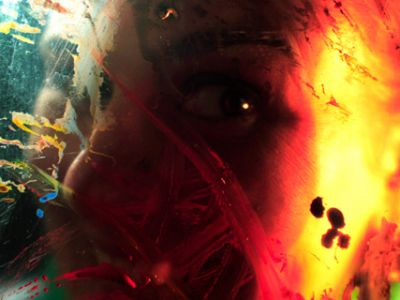

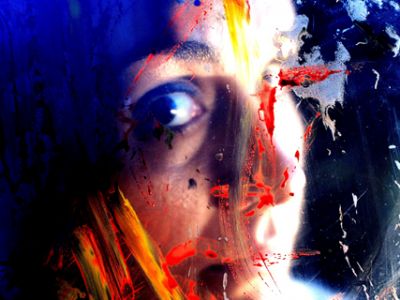

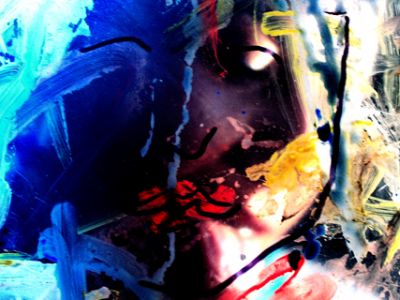

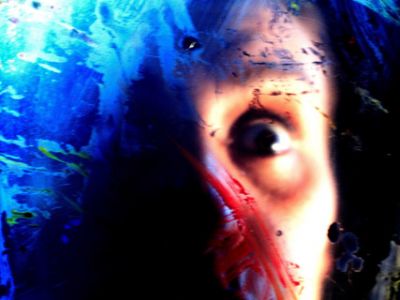



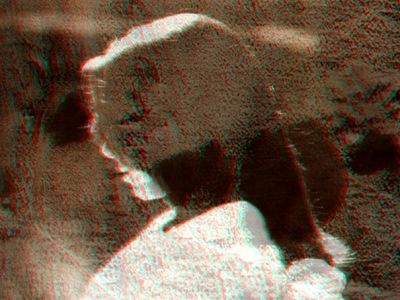




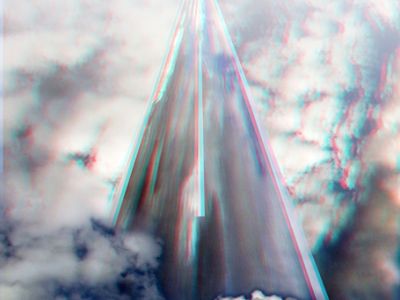


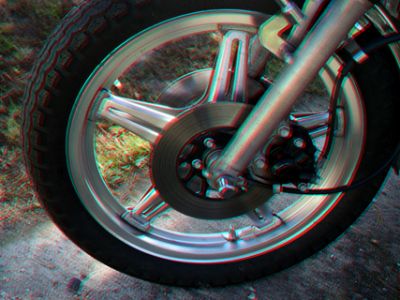
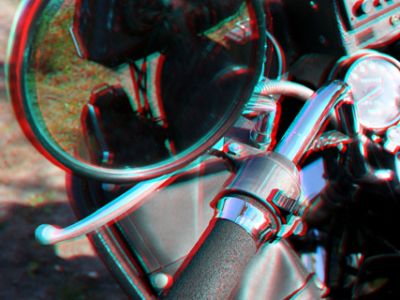

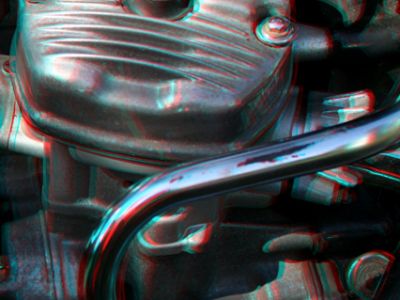

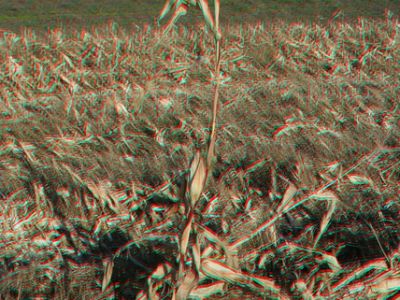
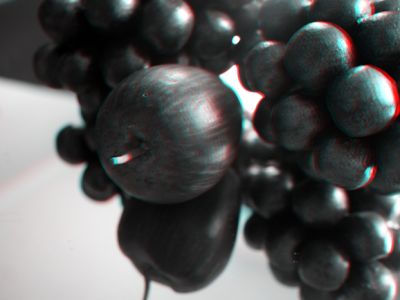

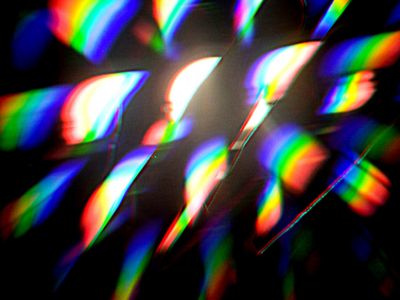
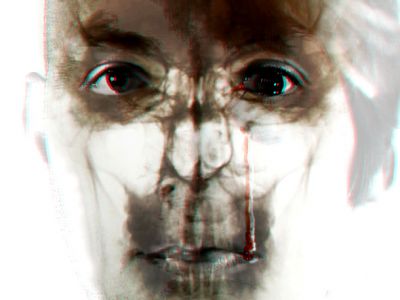
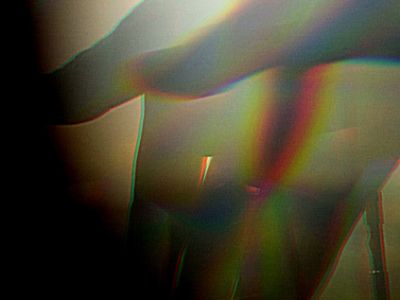

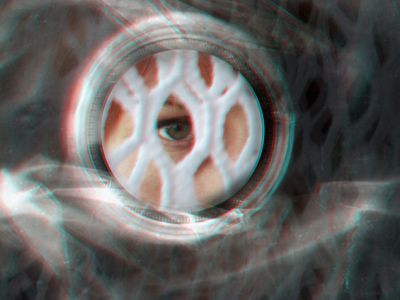



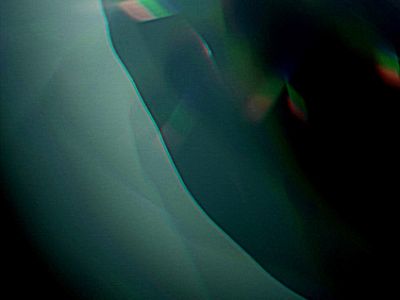

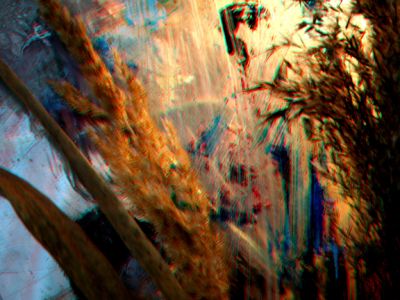


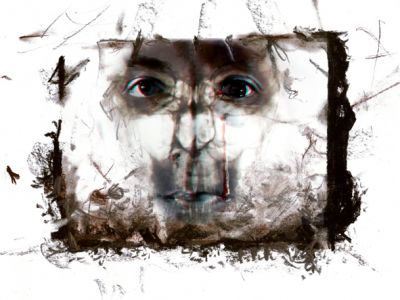

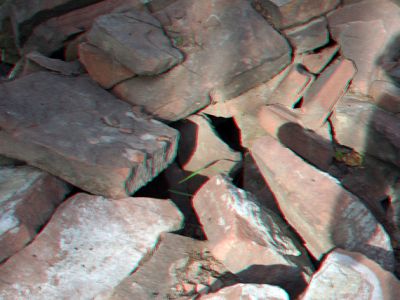
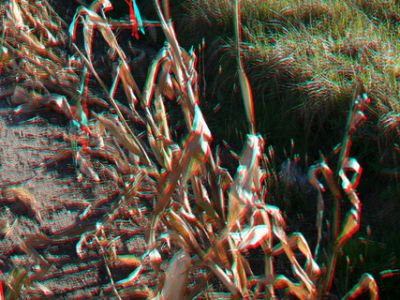

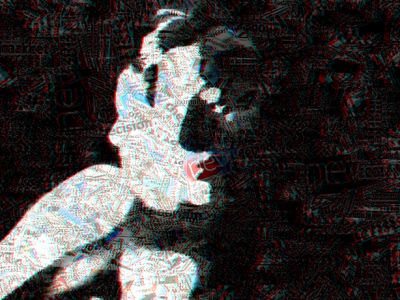

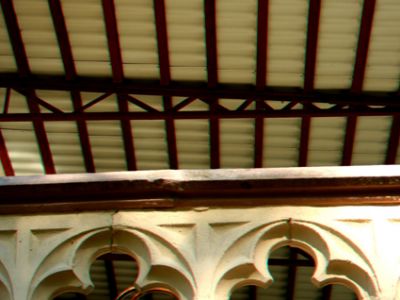

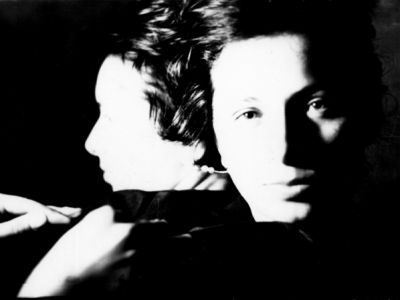
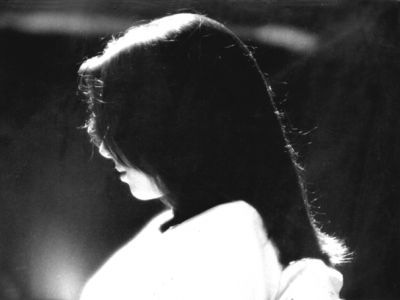
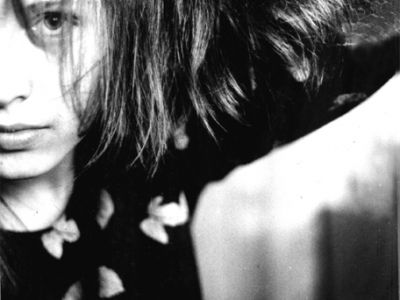



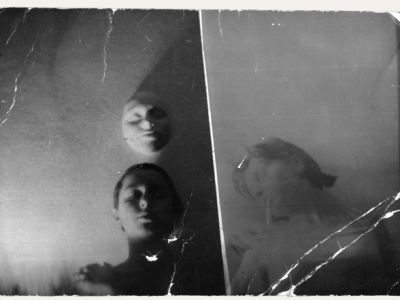

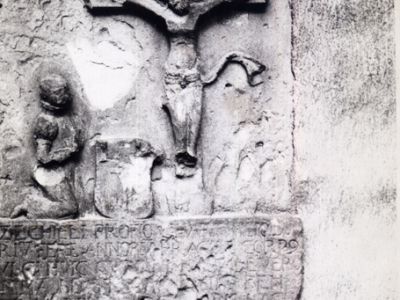
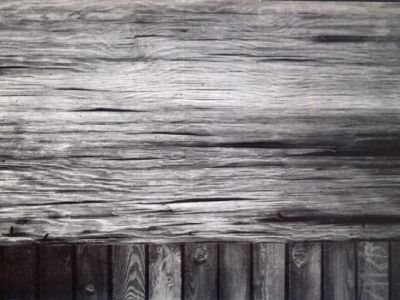
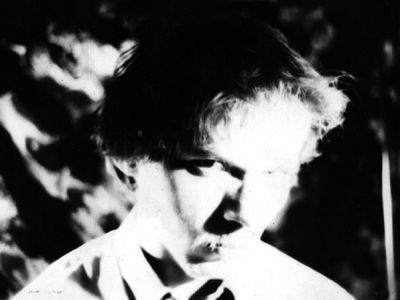
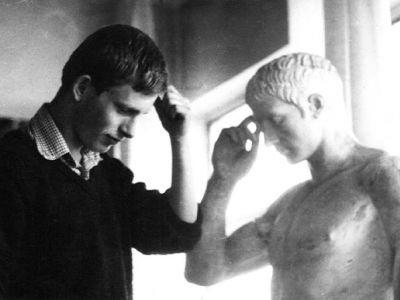
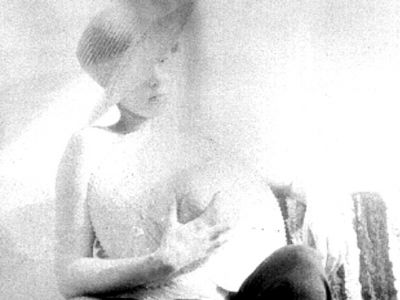
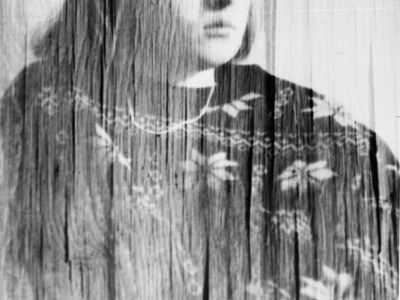





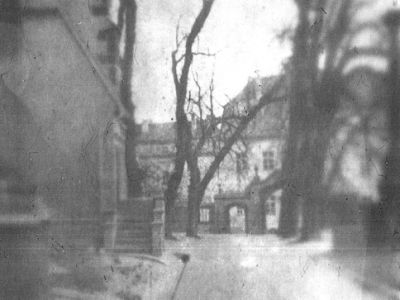

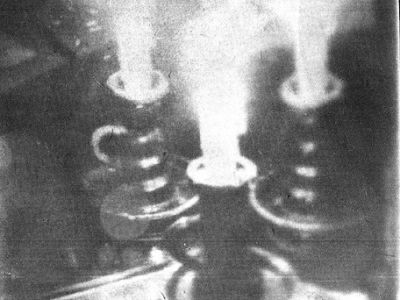
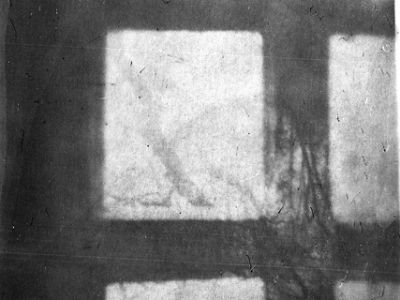


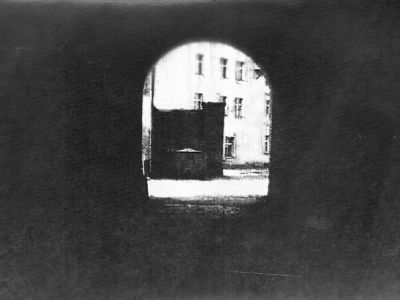
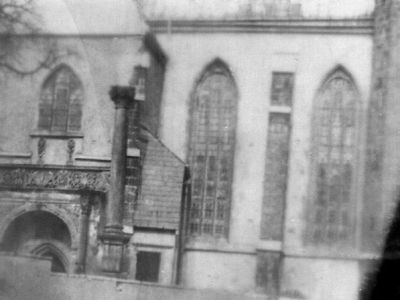


_4x3.jpg)



